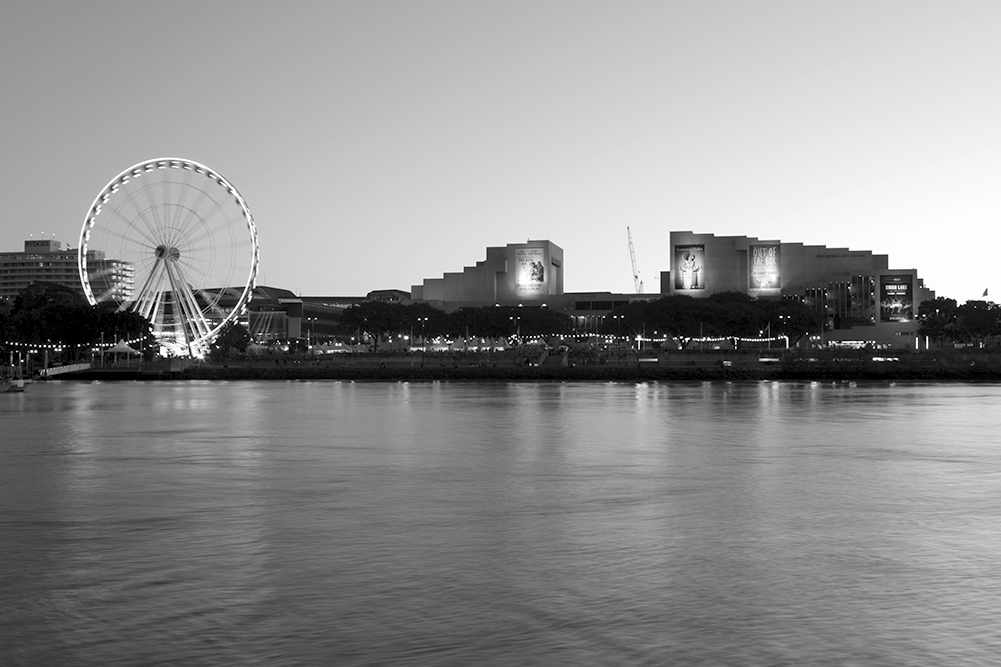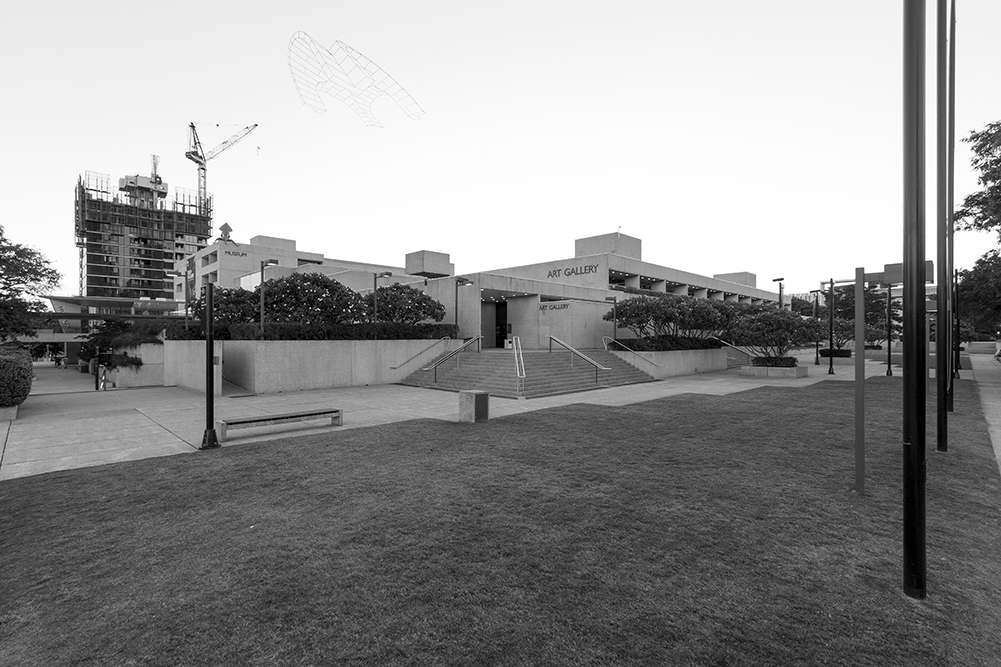Submitted by WA Contents
Robin Gibson and Brisbane’s Cultural Precinct
United Kingdom Architecture News - May 31, 2014 - 17:56 3875 views

Above image: John Kotzas, Chief Executive of the Queensland Performing Arts Centre, in the Lyric Theatre
Text: Charles Rowe
Images: Michael Saunders Photography
Robin Gibson was Queensland’s most influential modern architect and that influence was exerted by his design for the riverside Cultural Precinct at the heart of modern Brisbane. But do the buildings perform to Gibson’s intentions? The author asked three expert users for their judgement of the buildings and their public reception, thirty years later.
Robin Gibson was Queensland’s most influential modern architect and that influence was, and still is, exerted by his design for the riverside Cultural Precinct at the heart of contemporary Brisbane. Built in the 1980s, this cultural institution exemplifies the city’s renaissance that followed the World Expo 88.
Sadly, Robin Gibson passed away earlier this year. While the effect of his architecture on Brisbane is undeniable, he was also a dominant and polarising figure in the local profession and so his legacy is contested.
The architecture of Robin Gibson is consistent, refined, uncompromising and reflects an international-modernism. But his rhetoric was of the human experience and its enrichment through beauty and an appreciation of the received context. If his designs for the riverside Cultural Precinct are his greatest enduring legacy, then the proof must be in their beauty, functionality and enhancement of place.

The Queensland Performing Arts Centre’s iconic roof form at South Bank in Brisbane
Born in 1930, Gibson studied architecture at the University of Queensland and following his graduation he worked for several years in London. He returned to Brisbane in 1957 and soon started his own practice: Robin Gibson and Partners. His firm employed a number of esteemed Queensland architects, including: Geoffrey Pie, Don Winsen, Peter Roy, Allan Kirkwood, Bruce Carlyle and Gabriel Poole.
Much of Gibson’s early built work was for the retail and the residential sectors but he soon amassed a collection of institutional buildings, which led him to work at an urban scale. Prominent examples can be found at the University of Queensland’s St Lucia campus as well as the Griffith University’s Nathan Campus and in the Brisbane CBD, a number of office towers and urban gestures, including the pedestrianisation of the Queen Street Mall.

Entrance to the riverside of the Queensland Art Gallery in Brisbane
In the 1970s in Brisbane, the wholesale transformation of prime riverside areas was easily engineered. It was during the time of Premier ‘Joh’ Bjelke-Petersen and in the wake of the devastating floods of 1974 that Brisbane had grown wary of the river. The government had acquired swathes of land on both banks of the river in the CBD and many buildings were demolished to make way for the new city.
On the northern bank, the Riverside Expressway was installed, its sleek modern form alleviating chronic congestion, but permanently obscuring public access to the city’s iconic waterway and forever condemning it to public apathy.
On the southern bank of the river the Cultural Precinct was created, part of what is known as South Bank today, “Brisbane’s premier lifestyle and cultural destination.” South Bank contains the remnants of some pavilions of Expo ’88, a number of cultural venues and leisure facilities (which include an artificial beach) and is a popular destination for tourists and discerning locals who see past the glitter.....Continue Reading
> via Australian Design Review
